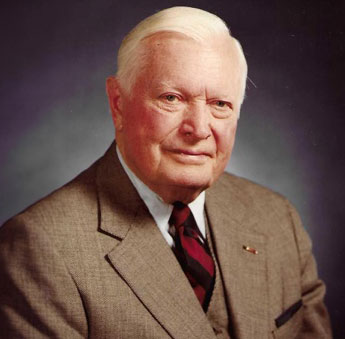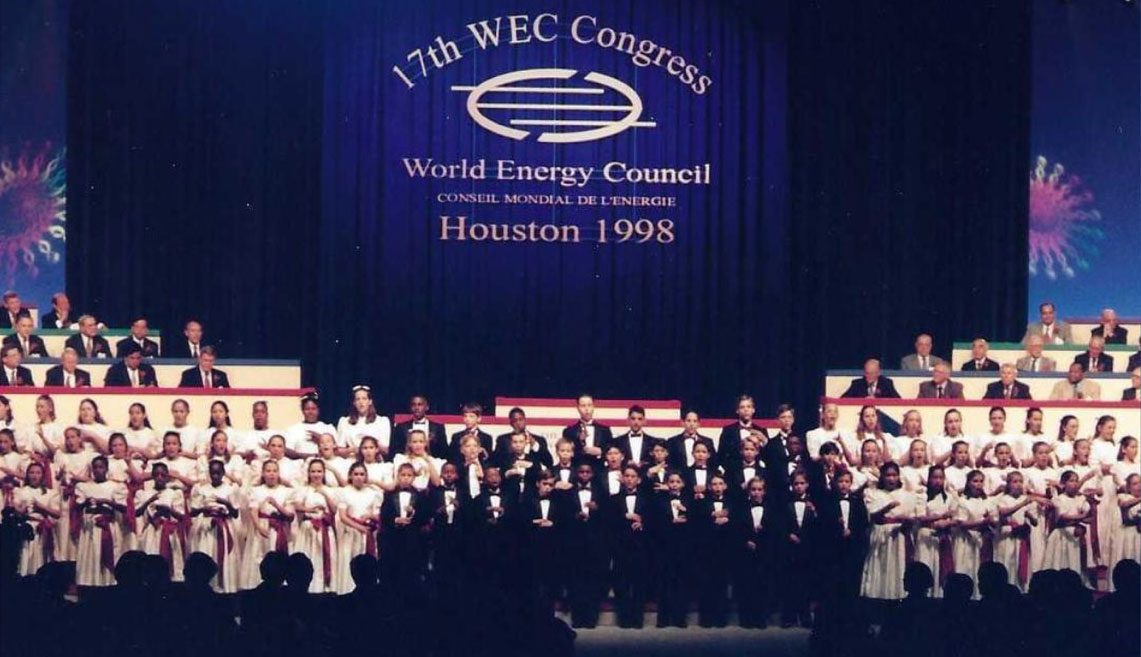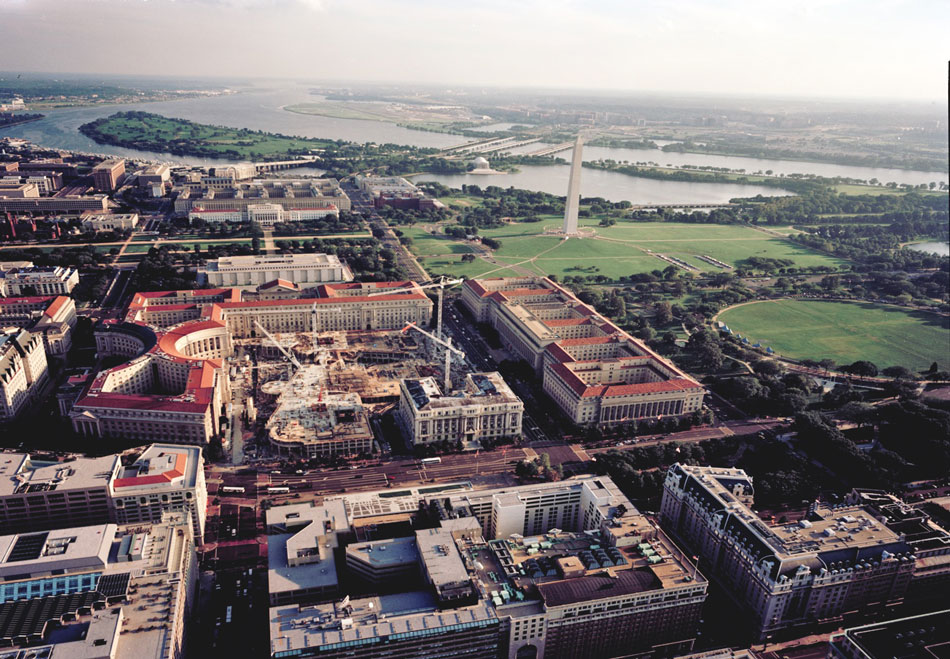1988
Barry K. Worthington joins the United States Energy Association as Executive Director.
1989
The World Energy Conference was retitled as the World Energy Council (WEC) and the WEC Foundation was established. This year’s conference legitimized “environmental policy is driving energy policy.”
Walker Cisler received the first Energy Award from USEA. He was an Honorary Chairman of both USEA and the WEL as well as the Chairman and CEO of the Thomas Alva Edison Foundation.

1990
USAID’s top priority became sustainable development. During the decade that followed USAID tailored development assistance programs to help developing countries, with tailored programs to a country’s economic condition. Countries with limited USAID presence received support through nongovernmental organizations (NGOs)
The Energy Partnership Program with USAID began with the goal of USEA arranging and coordinating visits of senior energy executives from developing countries to the United States under the Study Tour Program.
1992
The World Energy Council started embracing sustainability.
USEA launched four initial energy partnerships under the Energy Partnership Program (EPP). These partnerships focused on former Soviet Bloc countries with a primary goal of giving them the tools to manage commercially-viable utilities interconnected with the European grid. Since 1992, USEA has established and managed partnerships between innovators and experts at U.S. utilities and energy companies and their counterparts in the developing world selecting U.S. companies with ethnic and demographic ties to the partner utility.
1993
In 1993, due to the success of these early partnership programs, USEA expanded its activities into the Newly Independent States (NIS). After successful deployments in Eastern Europe, the time had come for U.S. expertise to spread into the political hotbed of former Soviet states.
1995
As partner utilities in the developing world began to apply international best practices and improve commercial operations, a new challenge to energy development emerged; independent regulatory commissions could not keep up with innovations in the power sector. Recognizing the need to help regulatory bodies keep pace with innovations in the utility sector, USEA launched new partnerships focused on regulatory innovation.
1997
After USEA established their first partnership in sub-Saharan with SENELEC, it became clear that to attract private power projects to Senegal, a clear legal and regulatory framework for independent power producers (IPPs) was a barrier to effectively developing the country’s energy resources.
The Kyoto Protocol was adopted. This international agreement aimed to combat climate change by reducing greenhouse gas emissions and played a pivotal role in shaping global energy policies and practices by putting emissions reduction targets, renewable energy, and energy efficiency on the agenda.
1998
USEA hosted the 17th World Energy Congress in Houston, United States.

1999
EPP concludes after creating 14 energy industry utility partnerships and conducting 13 policy/technology cooperation exchanges and 17 policy forums. The program continuously disseminated private sector policy and regulatory reform information through the GLEEN network and newsletters.





